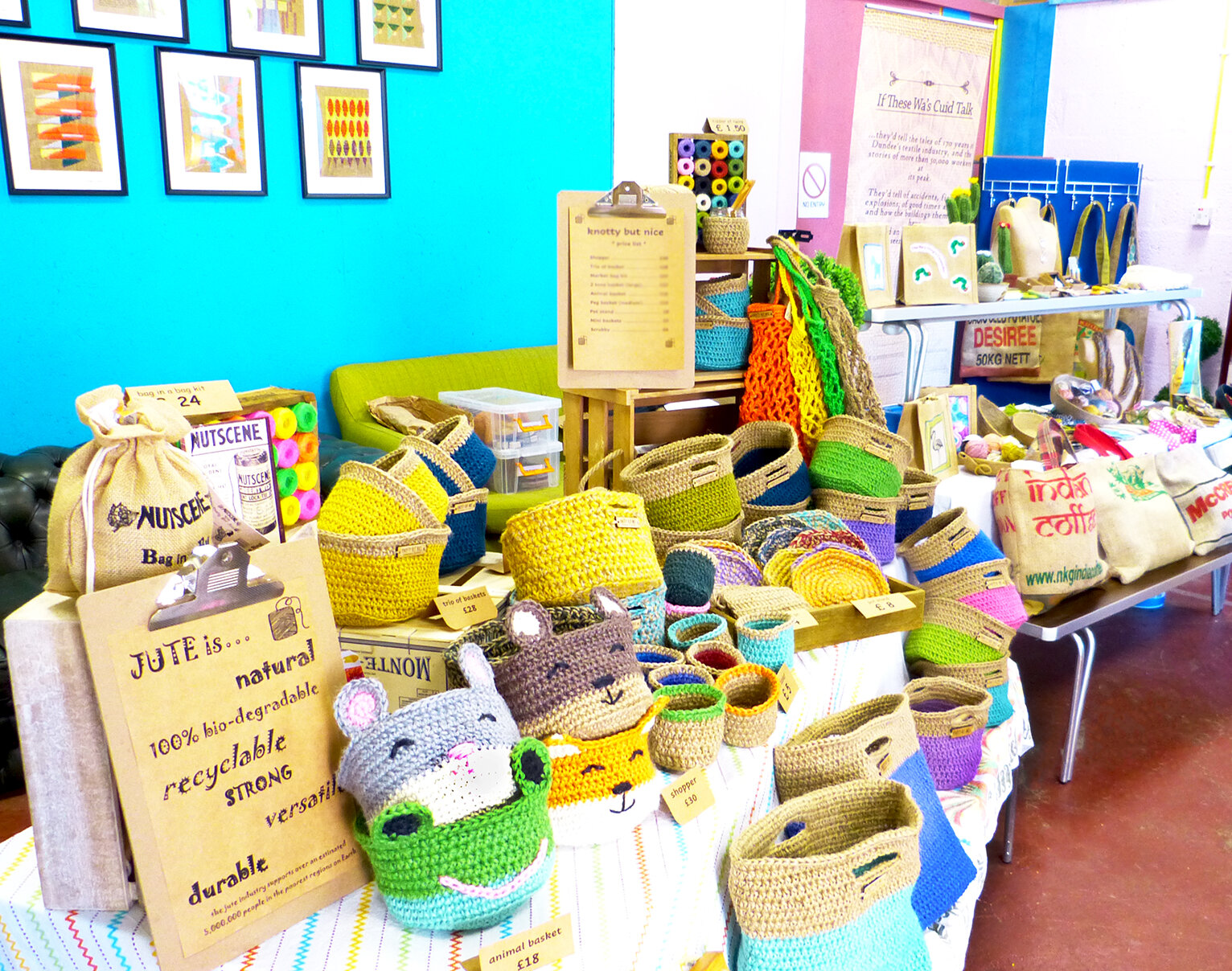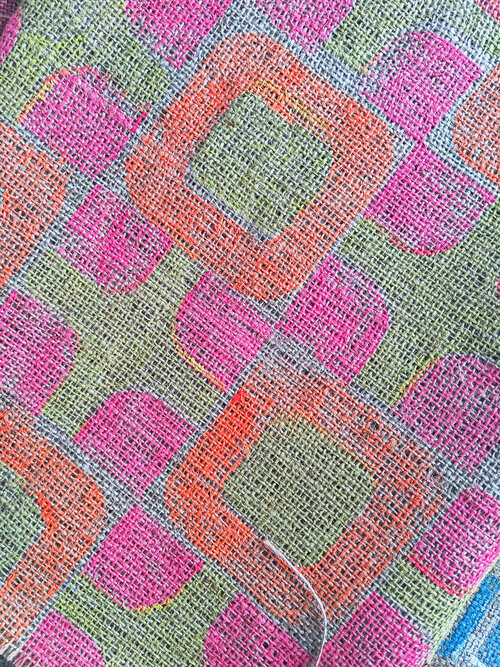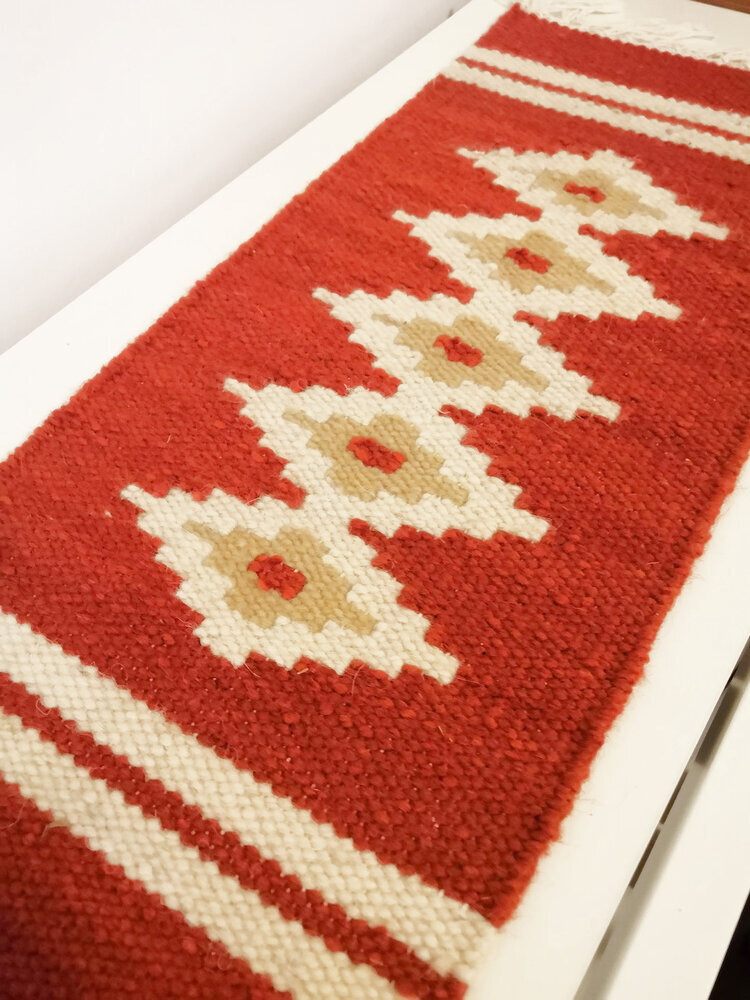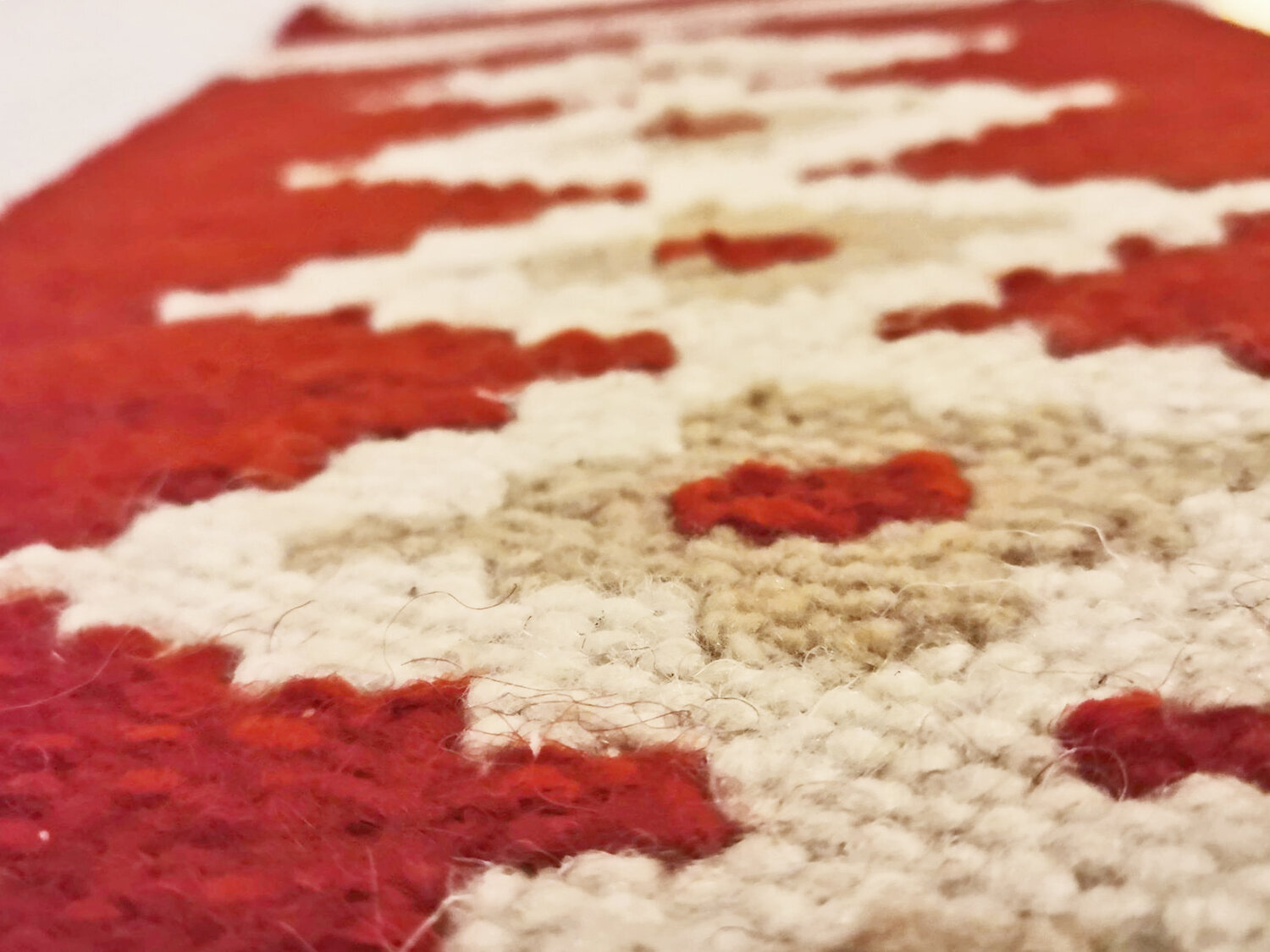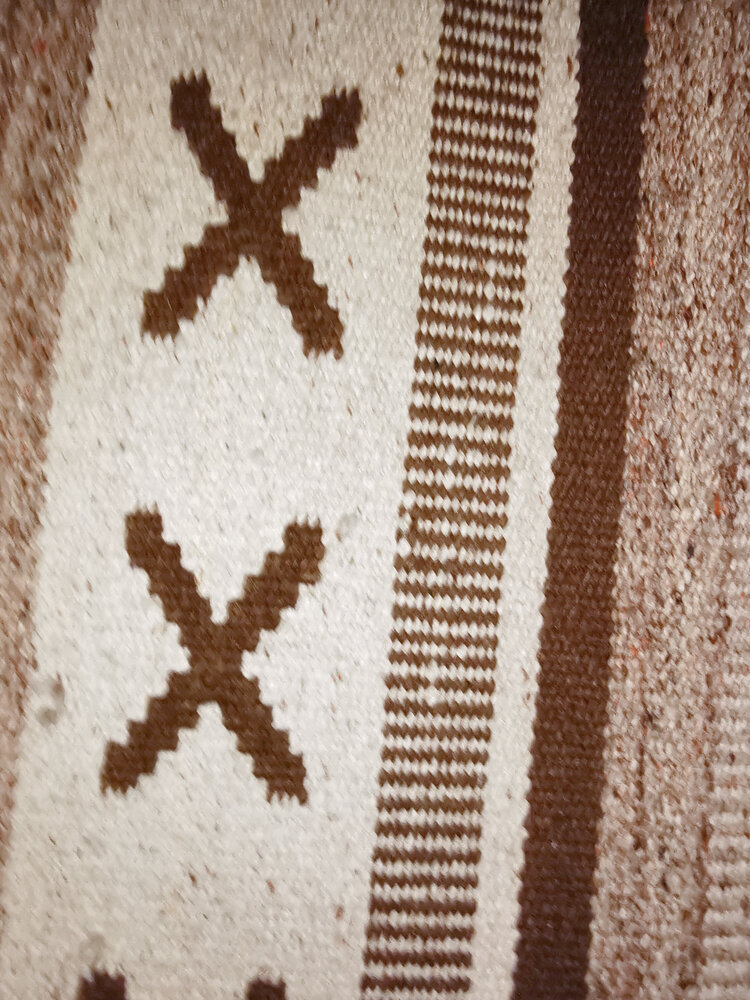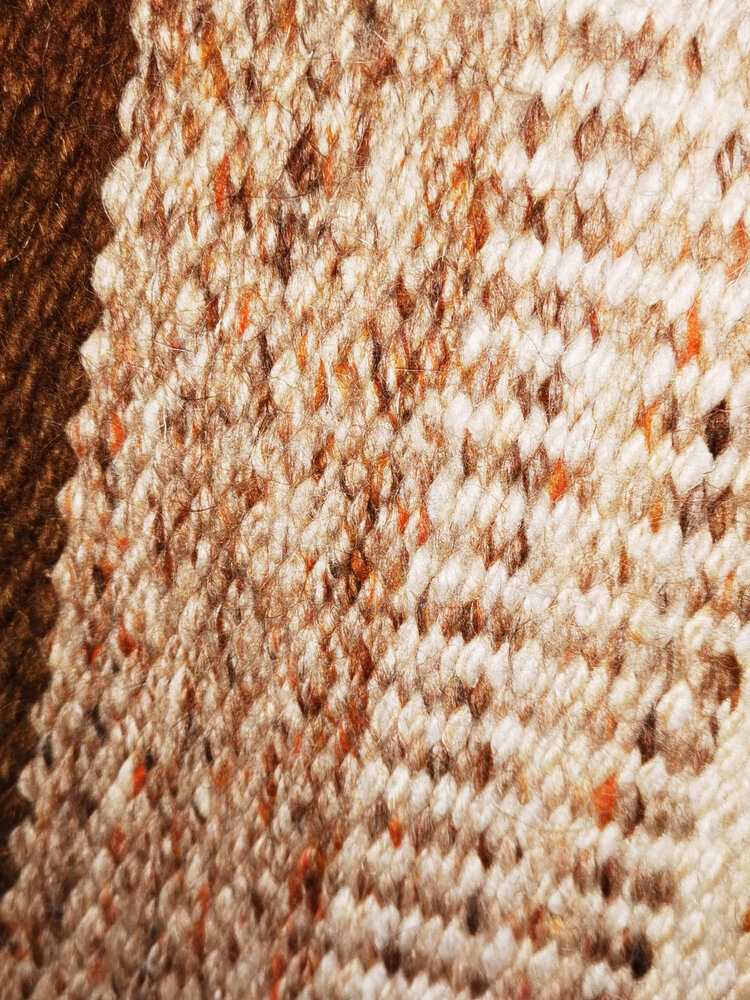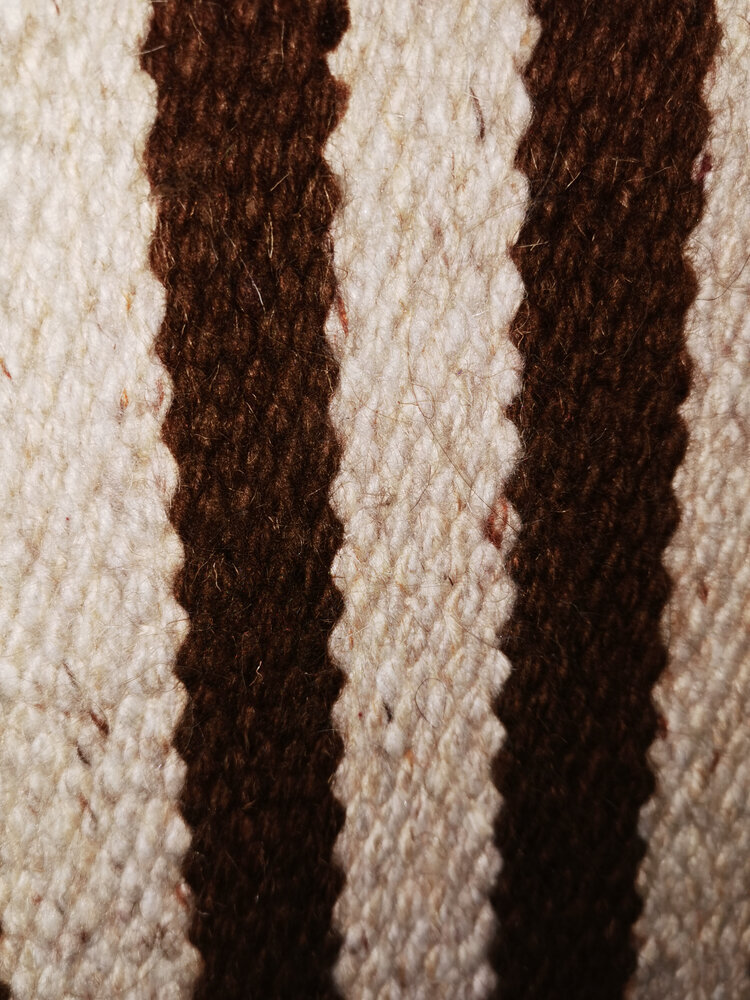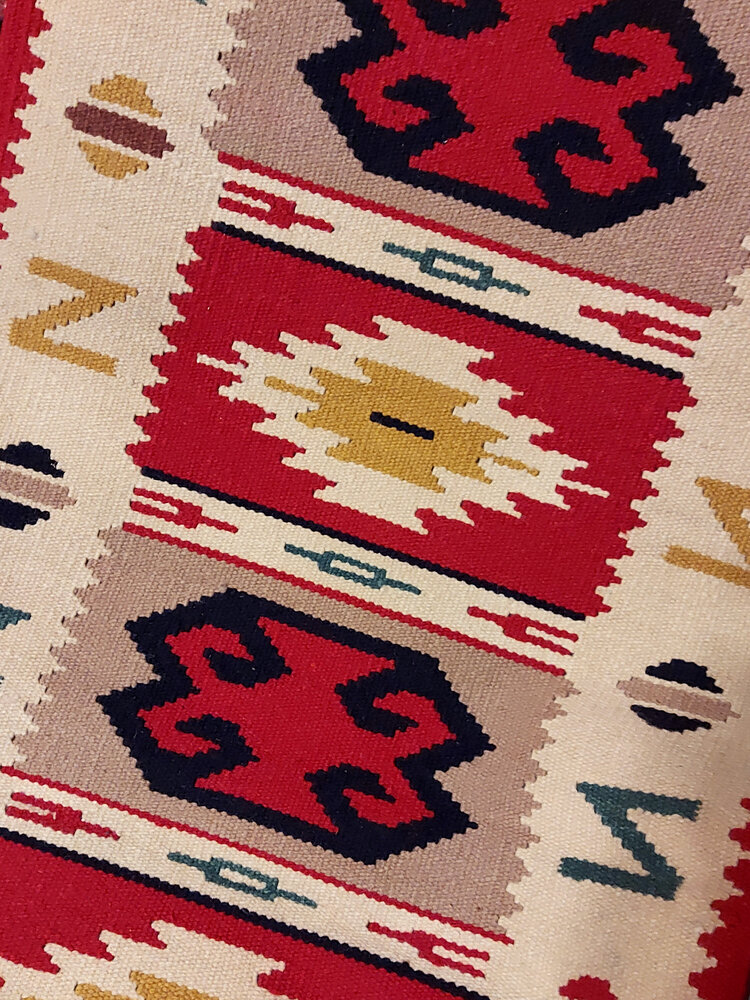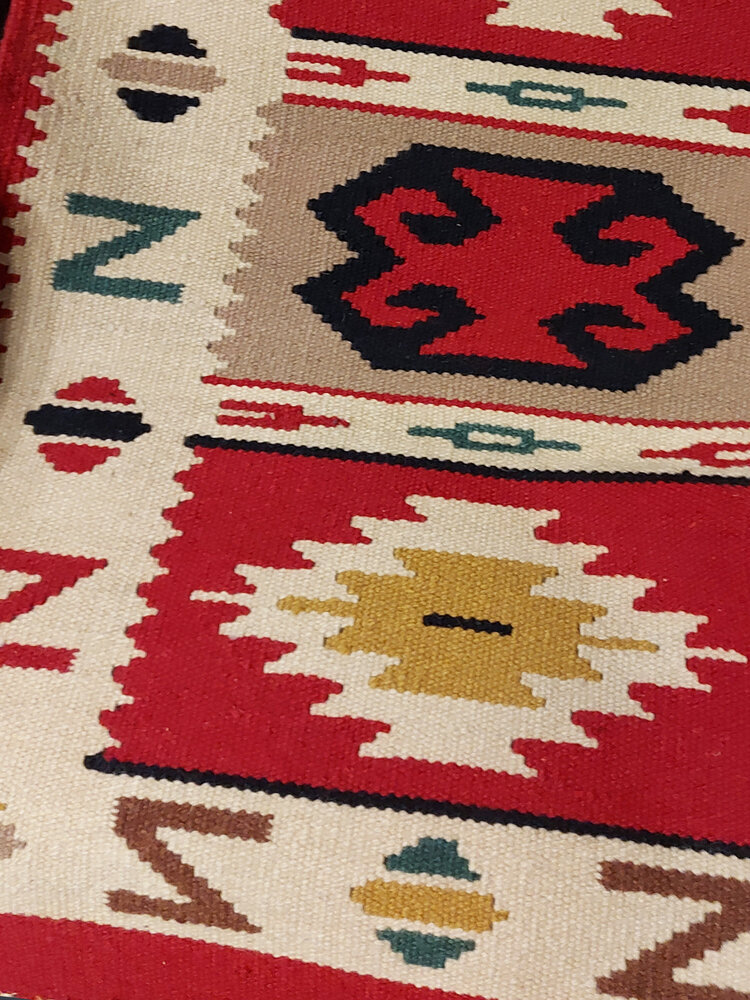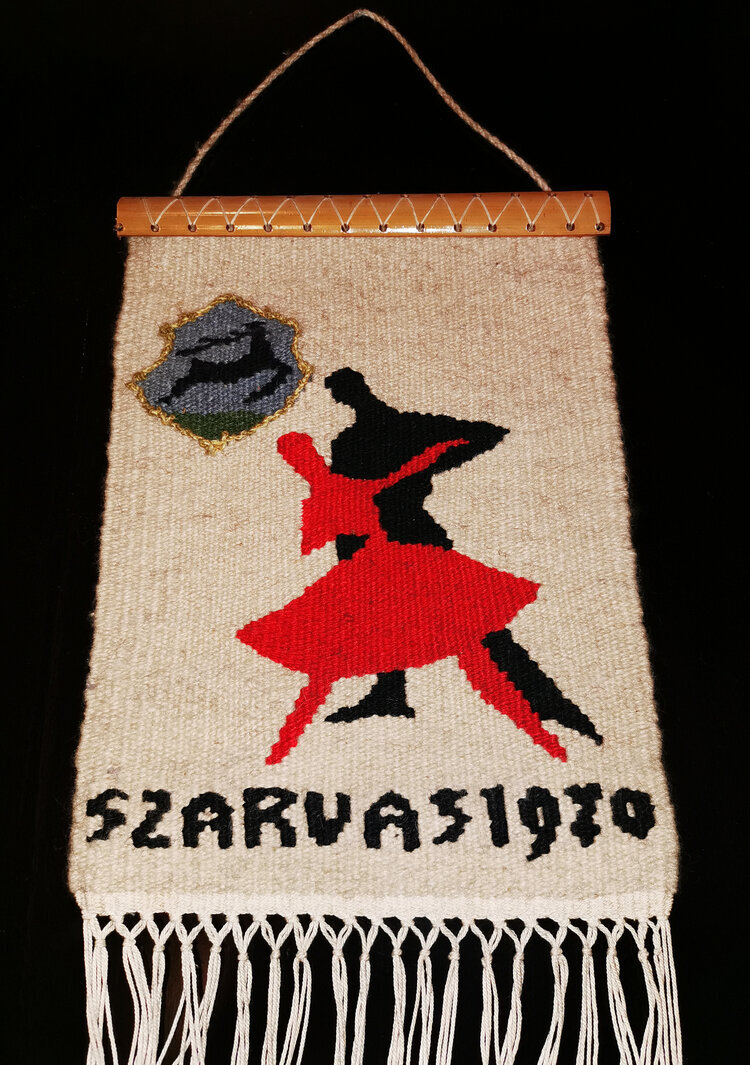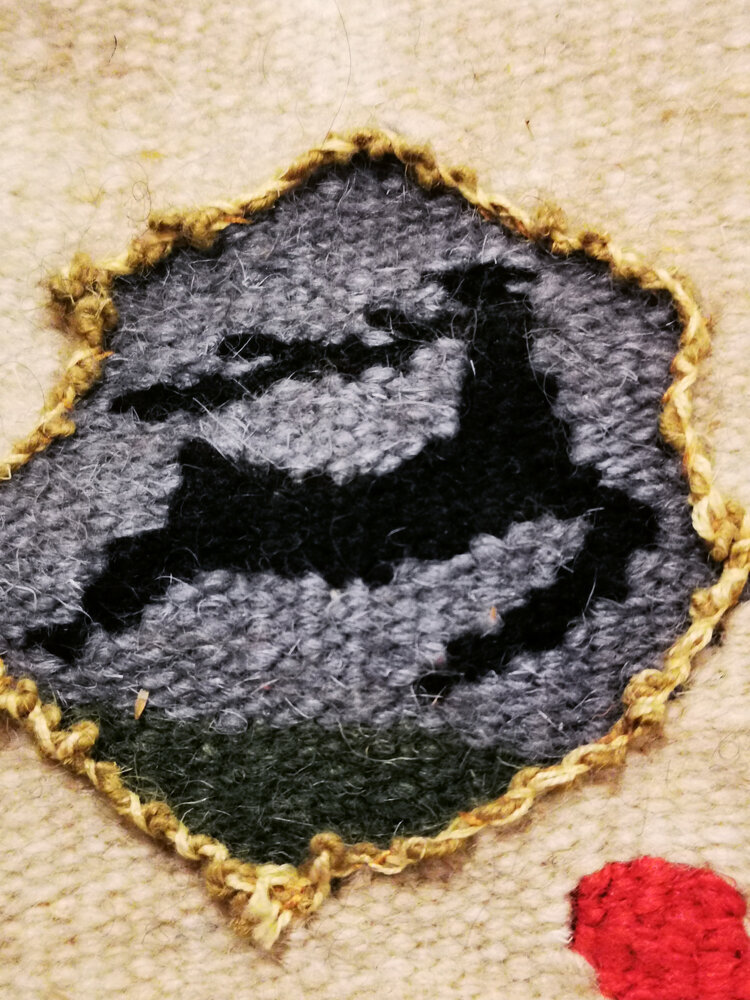hello again, long time no see, another month went past so quickly. of course, we were quite busy getting our new lookbook published, but even amidst the busiest periods it’s important to make time to get inspired. i thought that i’d recommend something a bit different this time - we aren’t going to recommend a building (well, yes, sort of) or a book (well, yes, sort of…!), we’re going to an exhibition - to my favourite venue in edinburgh - the dovecot studios!
if you’re in scotland, and are into textiles, it’s an absolute must to visit this tapestry studio (chances are, we might have met there as it’s also my favourite place to exhibit at fairs here!) and this spring they have prepared something quite special for visitors - andy warhol’s textiles!
it’s not the first time i saw some them in scotland - a few years ago a wonderfully curated exhibition of artist’s textiles took place in new lanark, which included his work as well as fabrics from picasso, dali and miro amongst others. i remember it being quite large and certainly beautiful - a rich journey into textile designs by artists we mostly know for their paintings and sculptures. this one is based on a similar concept - we all know andy warhol the pop-artist but how much do we know of the textile designer?
the dovecot curated it into a smaller and more focused exhibition that goes through his commercial textile designs. if you’re familiar with his logos and other commercial work, you’ll instantly recognise the easily reproduceable, wet inky screen printing style that marks all the exhibited textiles. the exhibition details this process a little bit if you’re not familiar with it, as well as shares some of the commercial background of the textile businesses these were produced for.
it really is a joyful ride with conversational patterns - mostly on 1950s and ‘60s fashion pieces. you might have seen the button prints before, but there are brooms, pretzels and gardening tools too… and it’s also quite interesting to look close-up and see the graphical quality of the designs. it is also a journey into how the textile industry used to work just a few decades ago.
i have not taken many photos at the gallery itself as it’s much better to look at it in person. however i did buy the big book (i do not often do it after exhibitions) to remind myself of these patterns from time to time.
go go go and see this - highly recommended! until 18th may.
-
links:



